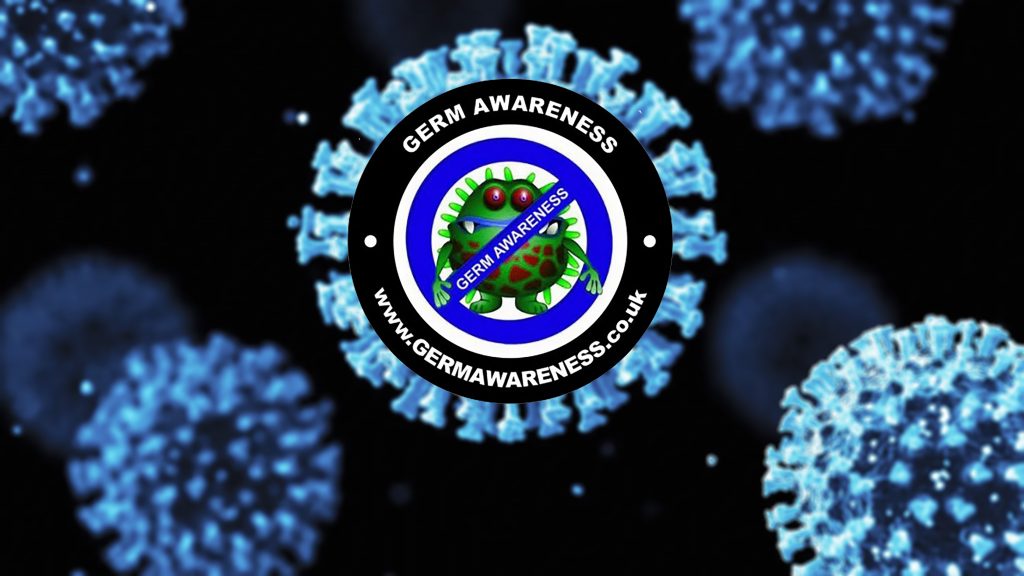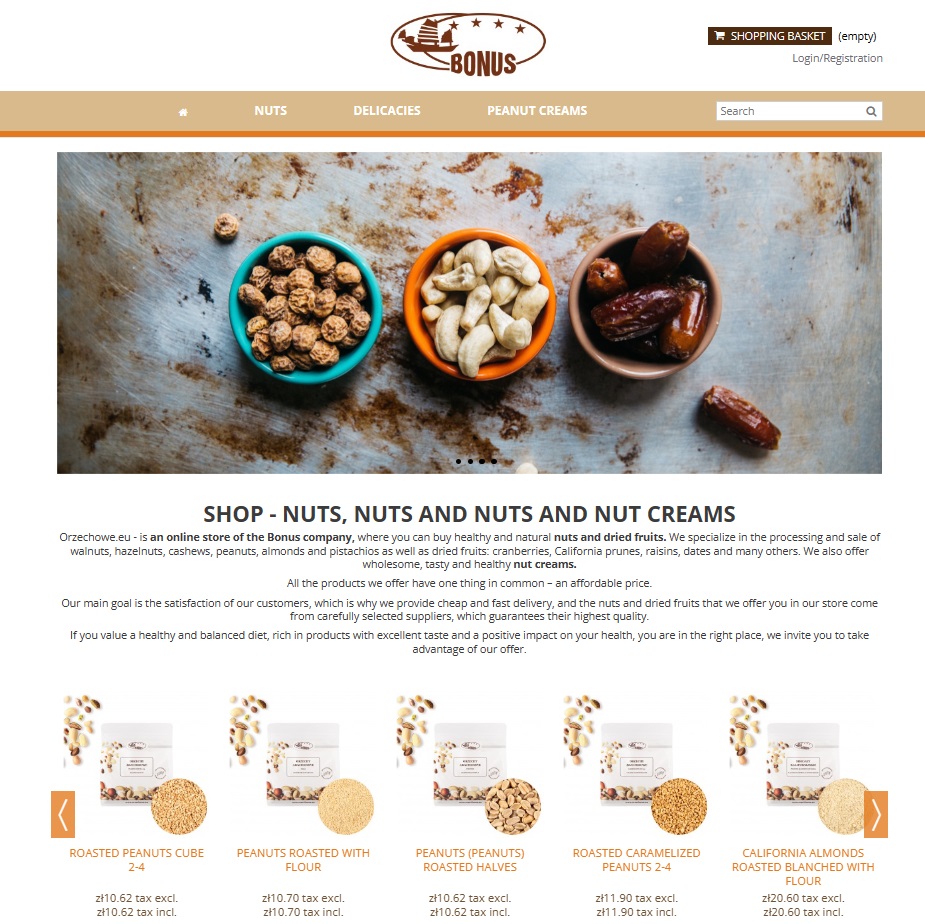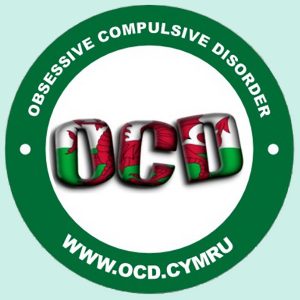Genetic Strains of Salmonella Enteritidis in Polish Poultry Products Linked to 200 Cases of Salmonellosis
Alarming reports have emerged regarding record levels of a potentially dangerous food bug linked to poultry and eggs. This has raised concerns among health authorities, consumers, and the food industry alike. Understanding the scope of the issue, the nature of the food bug, and potential preventive measures is crucial for safeguarding public health. We will delve into the details of this concerning situation and provide essential information for consumers and industry stakeholders.
A concerning outbreak of salmonellosis affected over 200 individuals. Investigations by health authorities have identified specific genetic strains of Salmonella Enteritidis as the culprits behind this wave of infections. The source of these outbreaks has been traced back to poultry products, including meat and eggs, originating from Poland.
The Culprit: Salmonella Outbreak
The food bug at the center of this health crisis is identified as Salmonella, a bacteria known for causing foodborne illnesses. Salmonella infections typically result in symptoms such as nausea, vomiting, diarrhea, abdominal cramps, and fever. In severe cases, especially among vulnerable populations, complications can be life-threatening.
Poultry and eggs, particularly raw or undercooked, have been identified as common sources of Salmonella contamination. The recent surge in reported cases suggests a significant increase in the prevalence of this food bug within these food products.
Record Levels and Outbreak Analysis:
Health authorities have noted a spike in Salmonella-related outbreaks, reaching record levels in various regions. Investigations have revealed that contaminated poultry and eggs from different sources are contributing to the rapid spread of the bacteria. The scale of the outbreaks has prompted health agencies to issue warnings and advisories to the public.
Common Sources of Contamination:
- Poultry Farms: Salmonella can originate from infected poultry flocks. Poor hygiene practices, crowded living conditions, and inadequate sanitation on poultry farms can contribute to the rapid spread of the bacteria.
- Egg Production Facilities: Contaminated eggs can result from unclean conditions in egg production facilities. If Salmonella is present in the environment, it can easily contaminate the eggshells during the laying process.
- Supply Chain Challenges: Complicating matters, the complex supply chain of the poultry and egg industry can make it difficult to trace and contain contaminated products. This has been a significant challenge for health authorities in managing the current outbreak.
Preventive Measures for Consumers:
- Safe Handling and Cooking: Consumers are advised to practice safe food handling and cooking techniques. Poultry and eggs should be cooked thoroughly to kill any potential bacteria. Cross-contamination should be avoided by separating raw and cooked foods.
- Proper Hygiene: Regular handwashing with soap and water is crucial, especially after handling raw poultry or eggs. This helps prevent the spread of bacteria from contaminated surfaces to other foods and areas.
- Risk Groups: Individuals in high-risk groups, such as the elderly, young children, pregnant women, and those with weakened immune systems, should exercise extra caution and consider avoiding raw or undercooked poultry and eggs.
Industry Response:
The food industry is under increasing pressure to address the root causes of the Salmonella outbreaks. Poultry and egg producers are urged to implement stringent hygiene measures on farms and in production facilities. Additionally, supply chain transparency and traceability are essential to identify and remove contaminated products from circulation promptly.
Identification of Genetic Strains:
Genomic analysis conducted on samples from affected individuals has revealed that the Salmonella strains responsible for the outbreak belong to specific genetic variants of Salmonella Enteritidis. Genetic sequencing has become a powerful tool in tracing the origins of foodborne illnesses, allowing health authorities to pinpoint the exact genetic makeup of the bacteria responsible for infections.
Link to Polish Poultry Products:
The investigation has established a clear link between the genetic strains of Salmonella Enteritidis and poultry products, particularly meat and eggs, originating from Poland. The supply chain analysis indicates that contaminated products have been distributed both domestically and internationally, raising concerns about the potential for a broader impact.
Factors Contributing to Contamination:
- Poultry Farming Practices: The investigation points to certain practices within the poultry farming industry in Poland that may have contributed to the spread of these specific Salmonella strains. Overcrowded conditions, inadequate sanitation, and lax biosecurity measures on some farms are potential factors facilitating the contamination.
- Egg Production and Processing: Eggs, a common carrier of Salmonella, may have become contaminated during the production and processing stages. Factors such as unclean conditions in production facilities and insufficient monitoring of egg quality could contribute to the spread of the bacteria.
Public Health Implications:
The identification of specific genetic strains of Salmonella Enteritidis raises concerns about the potential for more severe illness and complications among affected individuals. Understanding the genetic makeup of the bacteria allows health authorities to tailor treatment strategies and provides insights into the potential long-term consequences of the infections.
Preventive Measures:
- Recall and Traceability: Swift action is imperative, and health authorities are working closely with the food industry to initiate recalls of the affected poultry products. Improved traceability measures are being implemented to identify and remove contaminated products from the market.
- Enhanced Farm and Production Practices: Poultry farmers and producers are urged to enhance biosecurity measures, implement stringent hygiene practices, and ensure the proper monitoring of flock health to prevent the further spread of Salmonella Enteritidis.
- Public Awareness: Consumers are advised to exercise caution when handling and consuming poultry products, especially those originating from Poland. Thorough cooking and proper hygiene practices remain essential in preventing Salmonella infections.
Symptoms to Watch Out for in Salmonellosis Linked to Poultry Products
Salmonellosis is a foodborne illness caused by the Salmonella bacteria, and in the recent outbreak linked to specific genetic strains of Salmonella Enteritidis in Polish poultry products, individuals must be aware of the symptoms associated with this infection. Recognizing these symptoms early can lead to prompt medical attention and appropriate treatment. Here are the key symptoms to watch out for:
- Gastrointestinal Distress:
- Diarrhea: One of the hallmark symptoms of salmonellosis is diarrhea, often watery and accompanied by abdominal cramps. The severity can vary, but persistent and severe diarrhea is a cause for concern.
- Nausea and Vomiting: Individuals infected with Salmonella may experience nausea and vomiting, contributing to dehydration and further discomfort.
- Fever and Chills:
- Elevated Body Temperature: A common symptom of Salmonella infection is the onset of fever. The body’s natural response to the bacterial invasion is to raise its temperature to fight off the infection.
- Muscle Pain and Headaches:
- Muscle Aches: Salmonellosis can cause generalized muscle pain and weakness, making daily activities uncomfortable.
- Headaches: Persistent headaches may occur as a result of the body’s response to the infection and the associated fever.
- Fatigue:
- General Weakness: Feeling unusually tired or weak is a common symptom of salmonellosis. The body expends energy in its efforts to combat the infection, leading to fatigue.
- Dehydration:
- Reduced Urination: Severe diarrhea and vomiting can lead to dehydration. Reduced urine output and darker urine may indicate dehydration and the need for medical attention.
- Dry Mouth and Thirst: Dehydration can manifest as a dry mouth and an increased feeling of thirst.
- Blood in Stool:
- Hematochezia: In severe cases, Salmonella infection may lead to blood in the stool. If individuals observe bright red blood or a tarry appearance in their stool, it is crucial to seek medical attention promptly.
- Duration of Symptoms:
- Prolonged Illness: While symptoms of salmonellosis often appear within 6 to 72 hours after exposure, they can persist for several days to a week or more. If symptoms persist or worsen, medical attention is necessary.
It is important to note that the severity of symptoms can vary from person to person. Additionally, certain populations, such as the elderly, young children, pregnant women, and individuals with compromised immune systems, may experience more severe complications.
If individuals experience any of the aforementioned symptoms and suspect they may have been exposed to contaminated poultry products, it is advisable to seek medical attention promptly. Timely intervention can lead to effective treatment and a quicker recovery. As always, practicing good hygiene, proper food handling, and cooking poultry products thoroughly are essential preventive measures in reducing the risk of Salmonella infection.
Conclusion:
The record levels of the potentially dangerous food bug linked to poultry and eggs highlight the need for a collective effort from consumers, health authorities, and the food industry to address this pressing issue. Adhering to proper food handling practices, implementing stringent hygiene measures, and enhancing traceability in the supply chain are crucial steps in preventing further outbreaks and safeguarding public health. Stay informed, stay vigilant, and prioritize safe food practices to mitigate the risks associated with Salmonella contamination.
The outbreak of salmonellosis linked to specific genetic strains of Salmonella Enteritidis in Polish poultry products underscores the need for proactive measures to safeguard public health. Collaborative efforts between health authorities, the food industry, and consumers are crucial in preventing further infections, implementing recalls, and improving overall food safety practices. As investigations continue, staying informed and adhering to recommended preventive measures are vital for minimizing the impact of this outbreak.
Further Reading
- Record levels of potentially dangerous food bug linked to poultry and eggs – all you need to know (msn.com)
- ‘Check every single poultry load from Poland’ – British Poultry Council – Agriland.co.uk
- FSA alerts consumers on salmonella and Polish poultry | Food Standards Agency
#foodcontamination #salmonellaenteritidis #salmonellacontamination #foodstandards #germawareness #foodindustry #recalls #supplychain #foodborne #foodborneillness
ADVERTISEMENTS

www.orzechowe.eu
Poland Wholesaler & Supplier of Nut Products. Ships to the EU & UK










